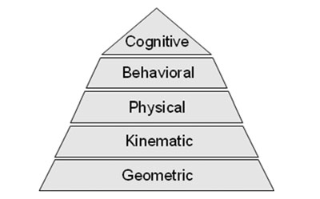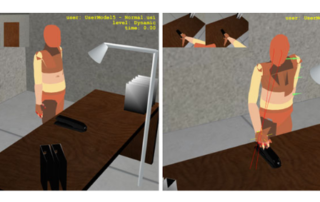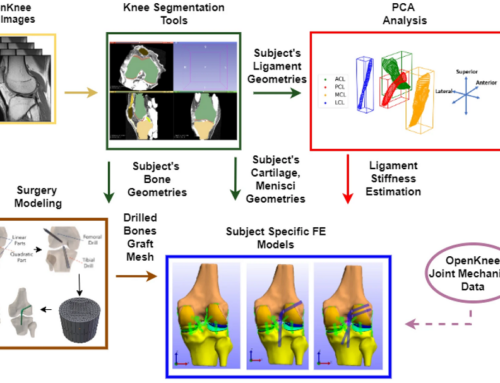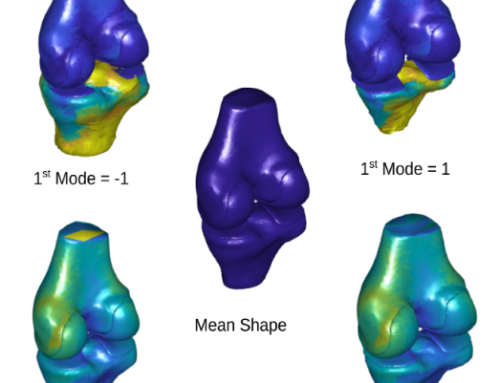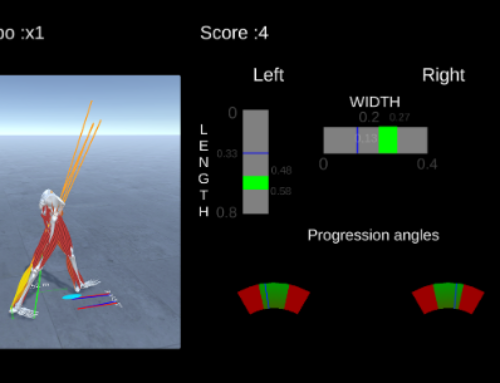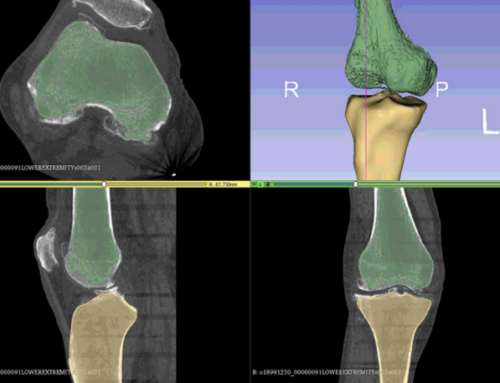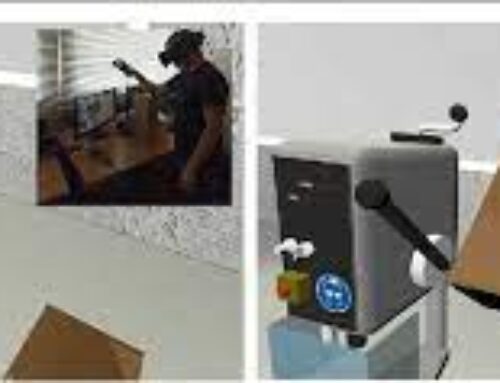Virtual user models for the elderly and disabled for automatic simulated accessibility and ergonomy evaluation of designs
This paper presents a framework for automatic simulated accessibility and ergonomy testing of virtual prototypes of products using virtual user models. The proposed virtual user modeling framework describes virtual humans focusing on the elderly and people with disabilities. Geometric, kinematic, physical, behavioral and cognitive aspects of the user affected by possible disabilities are examined, in order to create virtual user models able to represent people with various functional limitations. Hierarchical task and interaction models are introduced, in order to describe the user’s capabilities at multiple levels of abstraction. The use of alternative ways of a user task’s execution, exploiting different modalities and assistive devices, is supported by the proposed task analysis. Experimental results on the accessibility and ergonomy evaluation of different workplace designs for the use of a telephone and a stapler show how the proposed framework can be put into practice and demonstrate its significant potential.
N. Kaklanis, P. Moschonas, K. Moustakas and D. Tzovaras, “Virtual User Models for the elderly and disabled for automatic simulated accessibility and ergonomy evalua-tion of designs”, Springer International Journal of Universal Access in the Infor-mation Society, Special Issue on Accessibility Issues in UIDLs, November 2013, Volume 12, Issue 4, pp 403-425.

